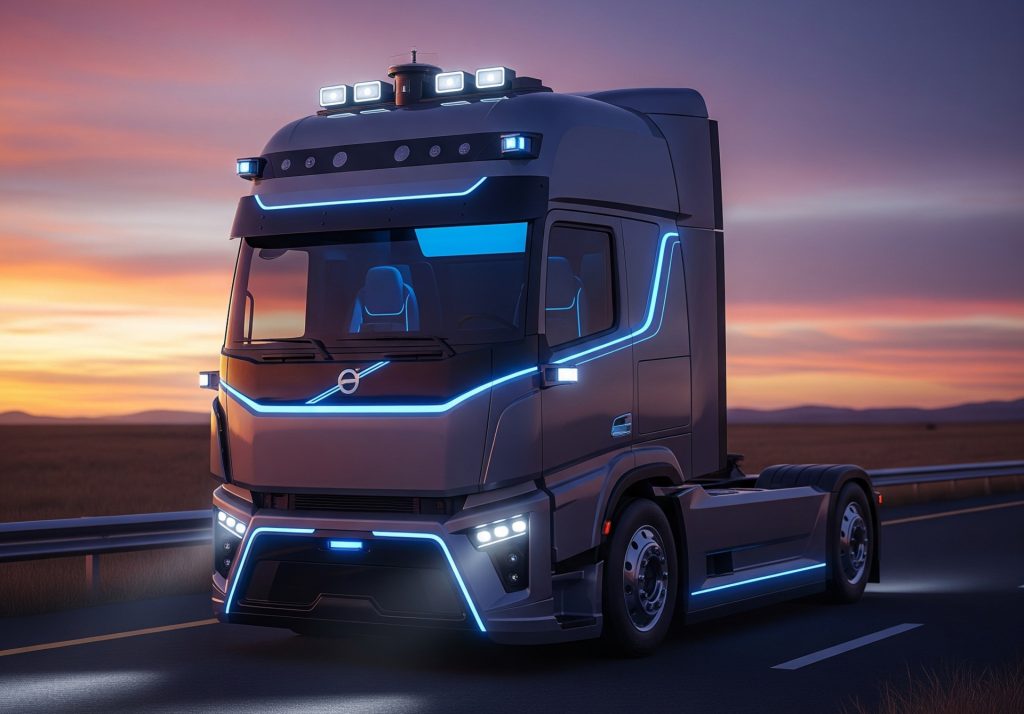The Evolving Landscape of Autonomous Trucking
The complete transition to driverless semi-trucks on American roads isn’t a foregone conclusion, and several factors suggest it won’t happen quickly, if ever. While the technology is advancing, the full elimination of human drivers faces significant hurdles.
Current State of Autonomous Operations
Companies like Aurora Innovation and Kodiak Robotics are already running autonomous semi-truck operations. In April of this year, Aurora launched fully autonomous commercial routes between Dallas and Houston, Texas, without onboard drivers. Kodiak Robotics is also deploying driverless trucks, primarily on private roads or limited highway sections.
These vehicles utilize Level 4 autonomous systems, meaning they can operate without human intervention under specific, predictable conditions, such as on highways. However, they’re not yet ready for all scenarios, like urban driving or adverse weather. This technological revolution is expected to first expand along major freight corridors in states like Texas, Arizona, and New Mexico, where regulations and weather are more favorable. Aurora plans to extend its driverless routes to El Paso and Phoenix by the end of 2025.
Why Full Driver Replacement Isn’t Imminent
Despite these advancements, a complete replacement of human drivers in the near future is unlikely. Autonomous systems still need human oversight for complex tasks such as:
- City driving
- Loading and unloading
- Handling unpredictable situations
Many trucking companies are focusing on supporting drivers with AI, rather than replacing them. AI is mainly used for highway driving, while humans manage local routes or act as remote operators.
Long-Term Outlook and Obstacles
Estimates suggest that Level 4 automation could handle 50-70% of long-haul transport by 2030. However, this timeline could be significantly extended due to:
- Regulatory obstacles, particularly from trade unions.
- Public skepticism about autonomous vehicles.
Achieving Level 5 automation (full autonomy in all conditions) remains a substantial technical challenge. Optimistic forecasts for widespread driverless truck deployment are in the early 2030s, while more conservative predictions lean towards the 2040s or even later.
The Enduring Role of Human Drivers
Even with Level 5 automation, the truck driver profession is likely to persist. Human intervention will probably still be required for:
- City deliveries
- Last-mile logistics
- Maintenance tasks
A new category of remote operators might also emerge, monitoring fleets and intervening in unusual situations.
Challenges and Public Perception
Incidents, such as the 2022 autonomous truck accident in Arizona, highlight the inherent risks. Public trust in autonomous vehicles is also low, with a 2025 AAA survey indicating that 61% of road users fear them. Additionally, federal regulations for autonomous trucks are still under development.
The U.S. transport industry employs nearly 2 million CDL drivers, and widespread layoffs would likely face strong opposition from trade unions like the Teamsters, who are committed to protecting human jobs.
Conclusion: A Symbiotic Future
In conclusion, despite technological progress, a complete replacement of human drivers in road transport is improbable in the coming decades. Numerous obstacles—from legal and social acceptance to technical limitations and strong union resistance—suggest that the industry’s future will be a symbiosis of technology and human involvement. The driver’s role will transform, but it will remain indispensable.
Safe and wide roads from All About Trucks & Translab! We put Truckers first!!
